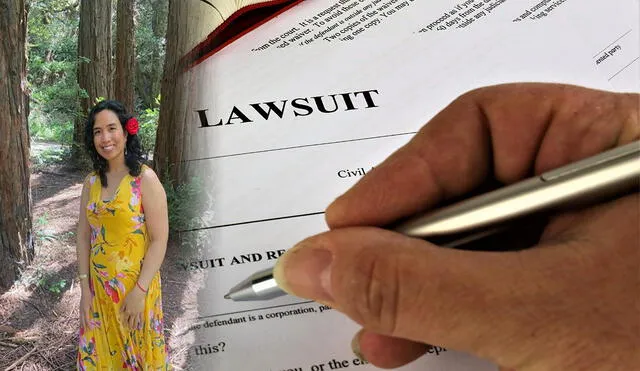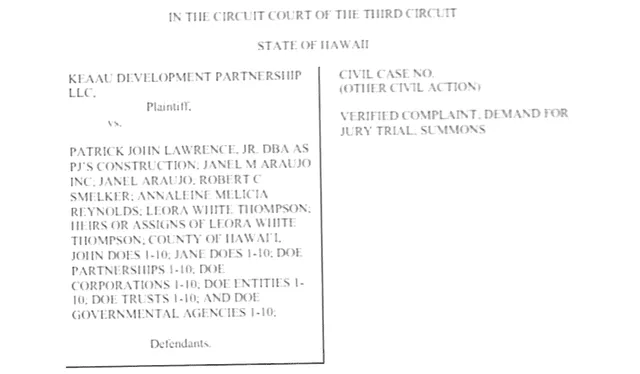Unwanted House, $500,000 Bill, and a Lawsuit: A Homeowner’s Hawaiian Nightmare
The property should have been located on adjoining land, but the builder didn’t hire a surveyor, and legal chaos ensued.

A California woman found herself at the center of an unexpected legal saga after purchasing a lot in Honolulu, Hawaii, in 2018. Annaleine “Anne” Reynolds bought the property for $22,500 with plans to host meditative healing retreats for women. However, she discovered that her land had been used without her consent, sparking a series of legal battles and saddling her with thousands of dollars in debt.

ALSO SEE: Neighbor’s complaint leads to deportation of Mexican mother in the U.S., leaving her children behind
A Dream Becomes a Nightmare
Reynolds, whose retirement plans had already been delayed by the pandemic, was shocked to receive a call from a Hawaii real estate broker. The broker informed her that a house, sold for half a million dollars, had been built on her property. “I just sold the house, and it happens to be on your land,” the broker told her, Reynolds recounted to Hawaii News Now.
The unoccupied, three-bedroom, two-bathroom home, located in Puna's Hawaiian Paradise Park, was valued at approximately $500,000. Disturbed by the situation, Reynolds hired an attorney and made it clear that she neither authorized the construction nor wanted the house.
An investigation revealed that PJ’s Construction, hired by developer Keaau Development Partnership, LLC, had built the home on Reynolds' lot due to a critical oversight: they failed to hire a surveyor. The house was supposed to be constructed on an adjacent lot, but due to the absence of clear boundaries (the lots were separated only by telephone poles, not fences), the contractor mistakenly built the house on Reynolds’ land.

Picture of the house nowadays. Photo: West Hawaii Today.
Escalating Problems
As her attorney delved deeper into the case, the complications mounted. Reynolds discovered that her land had accumulated thousands of dollars in unpaid tax debt related to the construction. To make matters worse, the house was invaded by squatters, creating additional headaches.
Reynolds’ attorney, James DiPasquale, described the situation as a web of blame among the developer, the contractor, and various subcontractors. The developers initially offered Reynolds a deal: exchange the lot or purchase the house at a discounted rate. On DiPasquale’s advice, Reynolds declined. “It would set a dangerous precedent if someone could build on another person’s land without permission and then demand compensation,” DiPasquale stated.
In retaliation, Keaau Development Partnership filed a lawsuit that named not only PJ’s Construction, the architect, and other entities but also Reynolds. The developer claimed that involving all parties would allow a judge to resolve the case comprehensively.

Lawsuit from DiPasquale to all the people involved on it. Photo: Hawaii News.
A Hard-Fought Resolution
Ultimately, a judge ordered the developers to demolish the house and reprimanded them for cutting corners to reduce costs. Unfortunately, the natural beauty of Reynolds’ lot was irreparably damaged, and no restoration was mandated. The judge, however, advised Reynolds to pursue her own lawsuit against the companies for financial compensation, an option she is still considering.